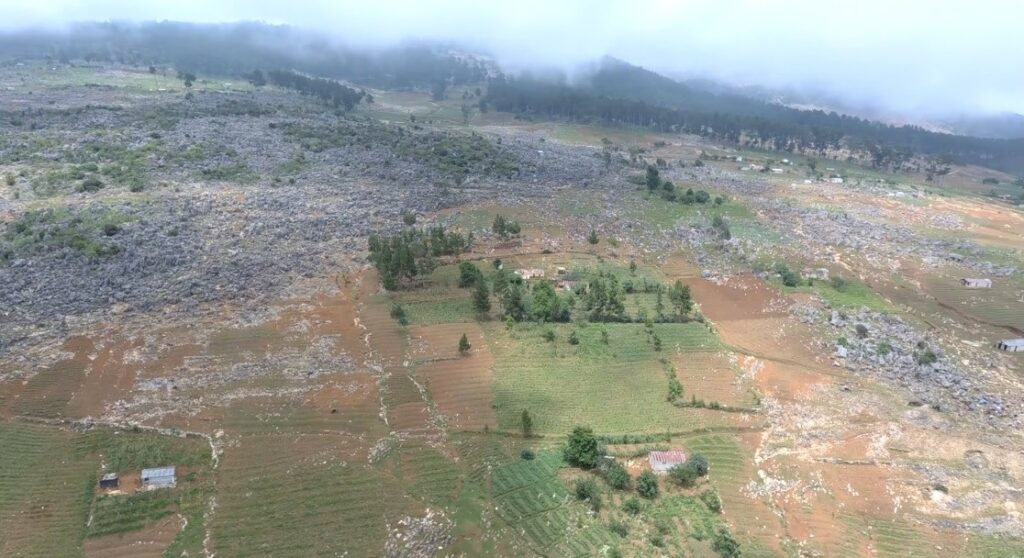
NATIONAL PARK LA VISITE
Description
La Visite National Park is part of the main area of the Selle biosphere reserve, declared by UNESCO in 2012. It is located on the heights of the Selle massif, which is called the “Key Biodiversity Area of Haiti”. It lies between six municipalities, two of which are in the western department and four in the south-eastern department: Kenscoff to the north, Croix-des-Bouquets to the north-east, Belle-Anse to the south-east, Marigot to the south, Cayes-Jacmel to the south-west and Jacmel to the west; and covers an area of about 30 km². It offers a landscape formed by gentle slopes and valleys, cut in several places by ravines and waterfalls. The park was created in 1983, by decree of the government of Jean-Claude Duvalier, in order to protect its biodiversity. La Visite National Natural Park contains the largest pine reserve in Haiti. The latter is located at an average altitude of 1,900 meters and covers a wooded area of approximately 800 hectares.
Biodiversity
Located in the Massif de la Selle, Parc La Visite contains an important water reservoir that supplies the West and Southeast departments, where more than 3.5 million people live. With invaluable biodiversity, La Visite National Park is one of the most important natural sites in the country. This natural heritage is home to more than a hundred plant species (from mosses and lichens to trees, including epiphytes, ferns and herbaceous species), including 36 endemic species. Not having a vernacular name, some of them are still little known. Fourteen endemic species of around fifty varieties of birds were identified in the area in January 2005 by specialists. The best known are: the Selle Thrush (Turdus swalesi, Wètwèt Lasèl), the green-tailed Warbler (Microligea palustris, Tichit lasèl), fufous-throated solitaire (Myadestes genibarbis, zwazo mizisyen), hispaniolan parakeet (Psittacara chloropterus, perich), hispaniolan amazon (Amazona ventralis, jako), pine warbler (Setophaga pinus, Tichit bwapen), two-barred crossbill (Loxia leucoptera), hispaniolan trogon (Priotelus roseigaster, kanson rouj), hispaniolan lizard cuckoo (Coccyzus longirostris, tako), american black swift (Cypseloides niger, zwazo lapli), white-winged warbler (Xenoligea montana, Ti kit 4 je), hispaniolan emerald (Riccordia swainsonii, wanga-nègès mòn), narrow-billed tody (Todus angustirostris, chikorèt), greater antillean elaenia (Elaenia fallax, tchit sara), antillean siskin (Spinus dominicensis, Ti seren), western chat-tanager (Calyptophilus tertius, kònichon), sharp-shinned hawk (Accipiter striatus, malfini mouche), red-tailed hawk (Buteo jamaicensis, malfini ke wouj), stygian owl (Asio stygius), burrowing owl (Athene cunicularia, koukou), ashy-faced owl (Tyto glaucops, frize), plain pigeon (Patagioenas inornata, amye miyèt).
La Visite Park is home of the Marie Louise Boumba cave, the deepest cave in the country with 262 meters deep and 938 meters long. It was discovered by French speleologists in 2013.
Ecotourism potential
With a magnificent mountainous landscape and one of the largest forests in the country, where several rivers and streams are born, La Visite National Park can be considered one of the most beautiful jewels of the Caribbean, likely to be visited by hikers and nature lovers. Dotted with waterfalls, caves, forest trails, and majestic viewpoints on the mountain, the national park is undoubtedly a jewel of nature that must be preserved
Check
https://fr.slideshare.net/rafikstein/fs-hh-esquisse-regelment-v0-15mars2009
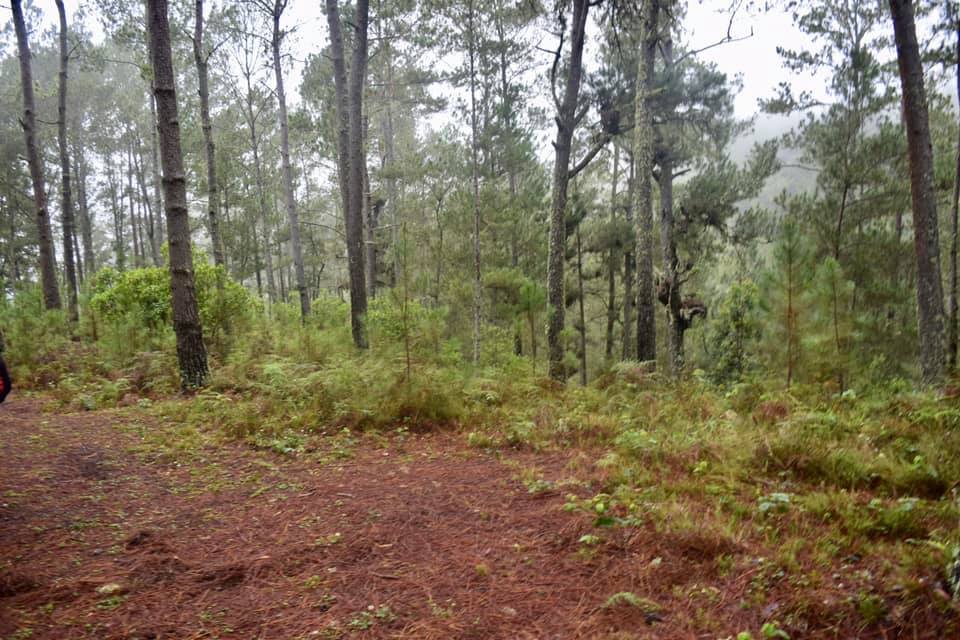
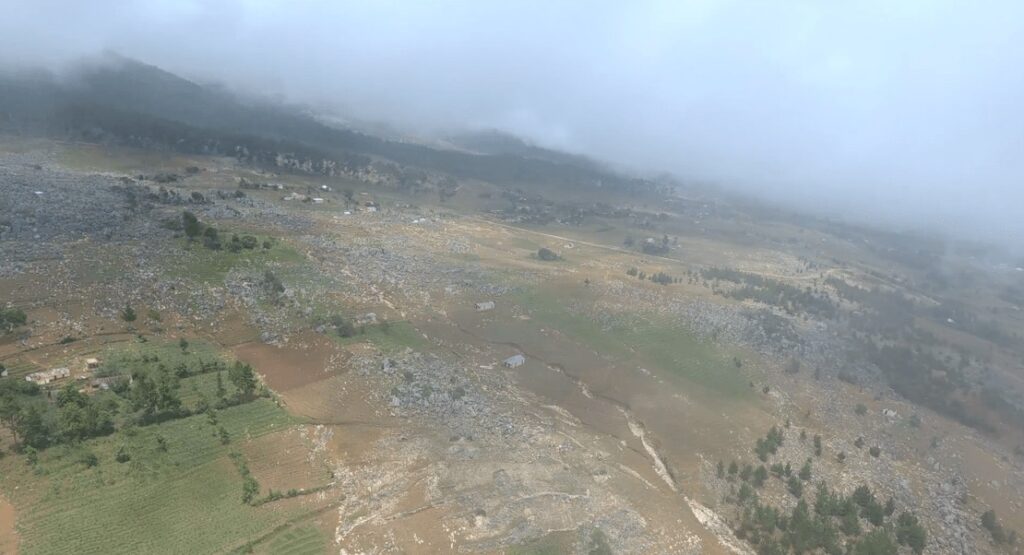
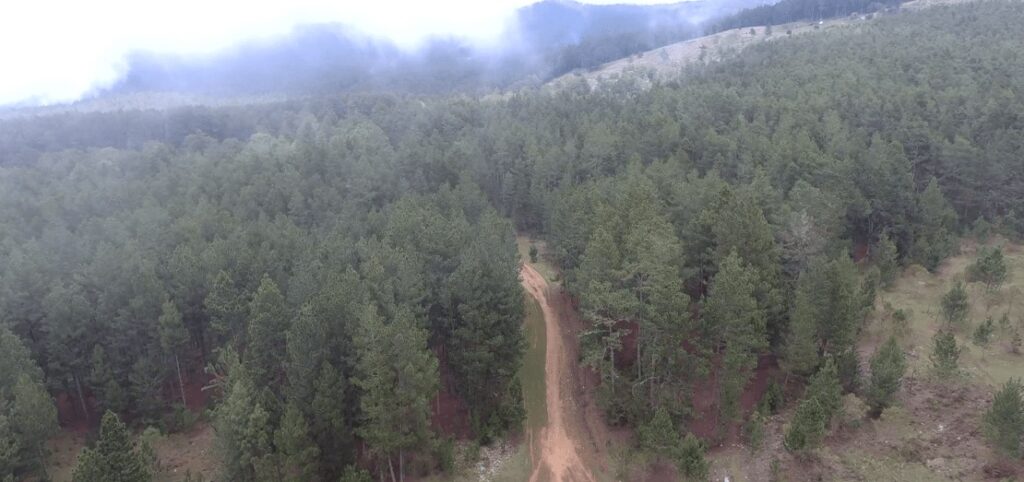
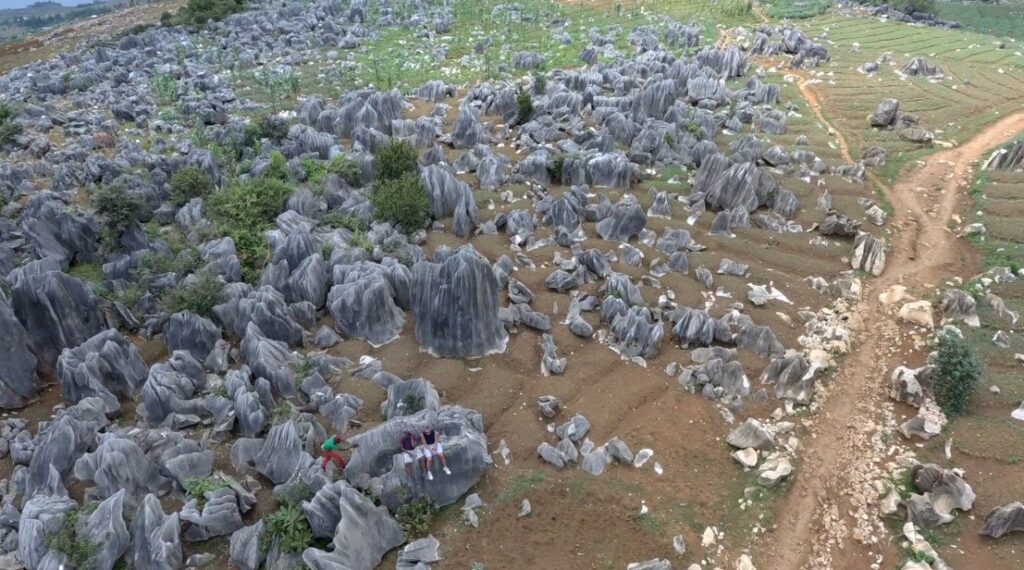

Informations
-
Types de milieux
Parcs nationaux -
Location
Haiti (Kenscoff, Croix-des-Bouquets, Belle-Anse, Marigot, Cayes-Jacmel, Jacmel)
